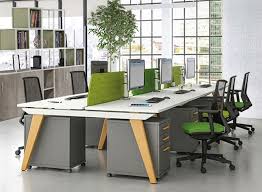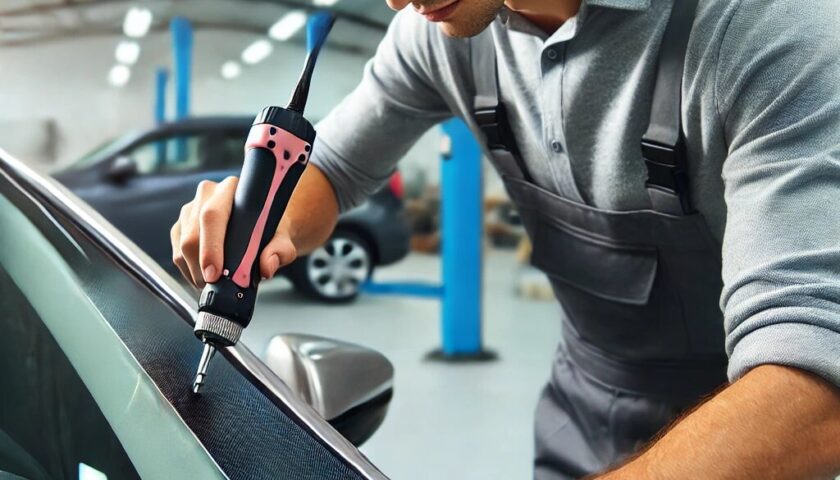Introduction to Modern Office Table
In the dynamic landscape of contemporary workplaces, the office table has evolved beyond its traditional role as a simple piece of furniture. Today, it is a symbol of innovation, productivity, and employee well-being. The modern office table reflects a harmonious blend of functionality and aesthetics, catering to the diverse needs of the modern workforce.
1. Ergonomics and Employee Well-being
The modern office table places a strong emphasis on ergonomics, recognizing the impact of a well-designed workspace on employee health and productivity. Adjustable height desks have become a popular choice, allowing individuals to switch between sitting and standing positions. This not only promotes better posture but also reduces the risk of musculoskeletal issues associated with prolonged sitting.
Additionally, ergonomic office chairs complement these tables, providing lumbar support and customizable features. The integration of ergonomic principles into office table design is a testament to the growing awareness of the importance of employee well-being in the corporate world.
2. Flexible and Collaborative Spaces
Gone are the days of rigid, uniform office layouts. Modern office tables are designed to foster collaboration and adapt to the evolving nature of work. Modular tables with reconfigurable elements enable employees to create dynamic workspaces tailored to their specific tasks. This flexibility promotes teamwork and accommodates the diverse needs of different departments within an organization.
Moreover, collaborative features such as integrated power outlets, wireless charging stations, and cable management solutions enhance the functionality of modern office tables. These features contribute to a clutter-free and organized workspace, fostering a more conducive environment for collaboration and creativity.
3. Technological Integration
The integration of technology is a defining characteristic of modern office tables. In an era where connectivity is crucial, these tables are equipped with built-in charging ports, USB hubs, and wireless charging capabilities. This allows employees to stay connected and powered up throughout the workday, eliminating the hassle of searching for available outlets.
Some advanced office tables come with embedded touchscreens or smart surfaces, enabling seamless interaction with digital devices. These technological integrations not only enhance productivity but also contribute to the futuristic aesthetic of modern workspaces.
4. Sustainability and Eco-Friendly Materials
The modern office table is not only a reflection of contemporary design but also a commitment to sustainability. Many manufacturers are embracing eco-friendly materials and production processes, responding to the growing demand for environmentally conscious office furniture.
Tables made from recycled materials, sustainable wood, and low-impact finishes are gaining popularity. Additionally, the concept of circular design is becoming prevalent, emphasizing the recyclability and longevity of office furniture. This shift towards sustainability aligns with the corporate responsibility initiatives of many organizations and resonates with employees who prioritize environmentally friendly practices.
5. Aesthetic Appeal and Customization
While functionality is paramount, the aesthetic appeal of modern office tables should not be overlooked. These tables come in a variety of designs, colors, and materials, allowing organizations to align their workspace with their brand identity. Sleek, minimalist designs are prevalent, promoting a clean and modern look that suits a wide range of office styles.
Customization options empower organizations to create a unique and inspiring work environment. From the choice of materials to the configuration of the table, employees have the opportunity to personalize their workspace, fostering a sense of ownership and comfort.
6. Hybrid Work Adaptability
The rise of remote and hybrid work models has influenced the design of modern office tables. Recognizing that not all work is done within the confines of a traditional office, these tables are often lightweight and easily transportable. Foldable or modular designs cater to the needs of employees who may split their time between home and office.
Moreover, the integration of video conferencing tools has become essential in modern office tables, facilitating seamless communication for teams spread across different locations. This adaptability reflects the changing nature of work and ensures that the office table remains a relevant and functional asset in the era of flexible work arrangements.
Conclusion
The modern office table is a multifaceted entity that goes beyond its utilitarian function. It is a reflection of the evolving workplace landscape, incorporating ergonomic principles, collaborative features, technological integrations, sustainability practices, aesthetic appeal, and adaptability to changing work dynamics. As organizations continue to prioritize the well-being and productivity of their employees, the design and functionality of the modern office table will undoubtedly continue to evolve, shaping the future of workspaces around the world.





